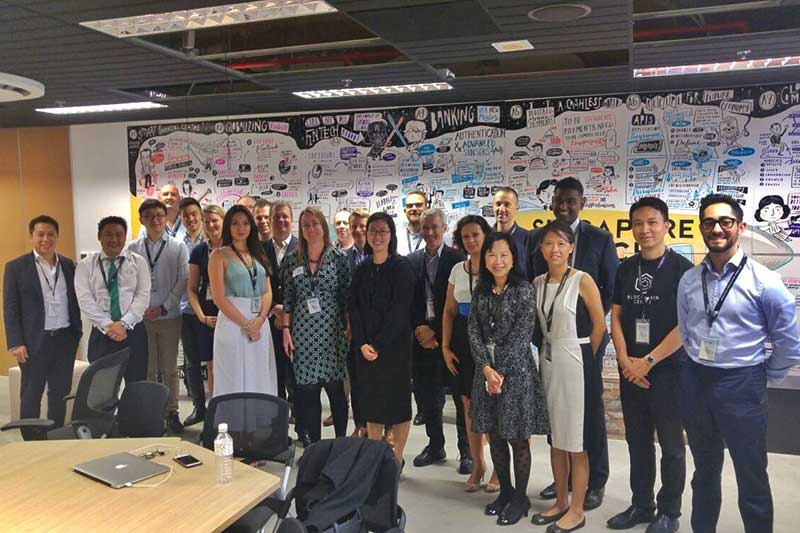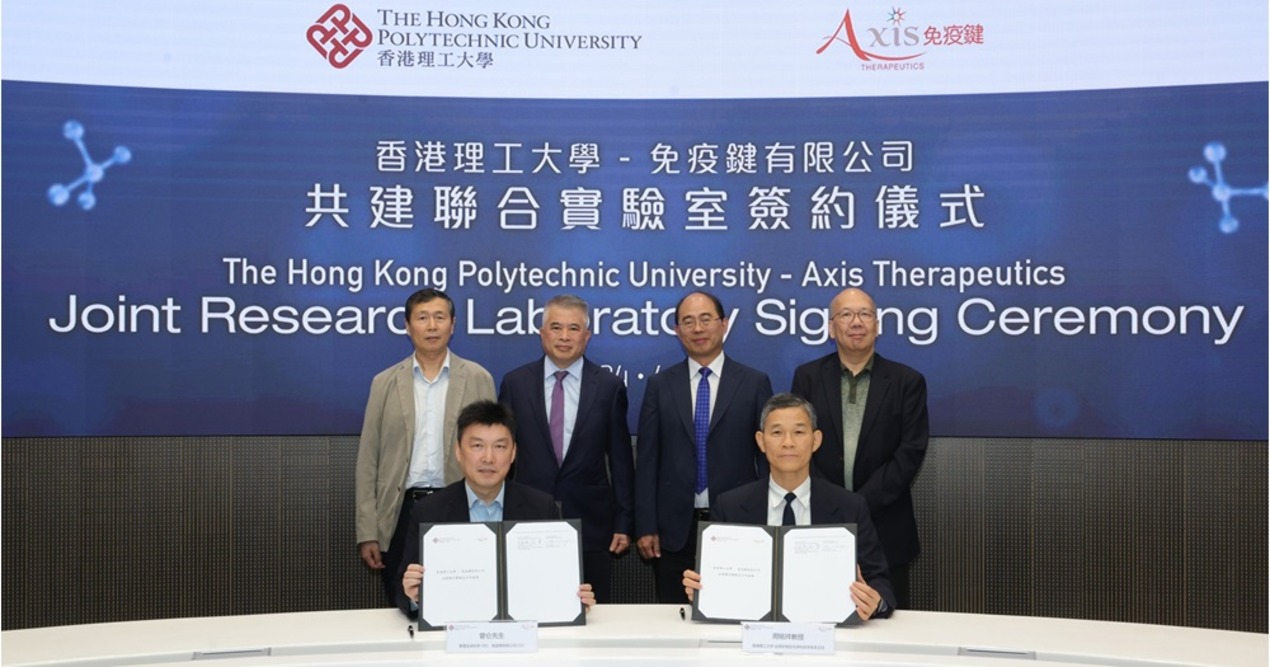
As Fintech innovations continue to disrupt the financial
industry, the state government of Victoria in Australia has been working
pro-actively to foster a thriving Fintech ecosystem. It is seeking to ensure that
Melbourne’s fintech sector reaches its full potential and continues to create
jobs, businesses, technologies and exports.
Last week, the Victorian Government led a delegation of
Fintech companies to Singapore for Money 2020 Asia. During a Corporate Access
day prior to the event, OpenGov spoke to Amelia Fyfield, Deputy Commissioner,
Southeast Asia, at Trade and Investment Victoria and Alex Veale, Trade
Specialist- Professional Services, Trade Victoria, under the Department of
Economic Development, Jobs, Transport and Resources (DEDJTR), to learn more
about how the state government is working to help the state’s Fintech sector
realise its potential.
Victoria’s strengths
The financial services sector is the largest contributor to
the Victorian economy, generating
around A$40 billion (around 11% of the Gross State Product) and employing
more than 115,000 people.
Melbourne is home to two of Australia’s big four global
banks – ANZ and NAB – and is the dominant city both for Australia’s industry
pension funds and its largest health insurers. Australia’s sovereign wealth
fund, the A$130 billion Future Fund, is also headquartered in Melbourne.
At the same time, Melbourne’s ICT sector has a strong track
record of developing world-class technology-enabled businesses, estimated to be
worth A$34.8 billion, including A$2.16 billion in exported services. Melbourne
has recognised strength in cybersecurity knowledge and the Victorian Government
has committed to grow the state’s cyber security industry with funding and
resources.
The industry is supported by a growing network of angel and
seed investors, incubator and accelerator programmes and a top-notch university
system that is actively engaged in technology-related collaboration and R&D
with industry. Melbourne produces more ICT graduates than any other city in
Australia, enabling supply of a highly skilled talent pool.
Today Melbourne has a growing Fintech ecosystem worth US$300
million and featuring approximately 60 companies employing more than 500
people, and dominated by wealth management and payment companies.
Examples include, Moula,
a provider of working capital to small and medium businesses, with average
loans of A$30,000 and Six Park, which
uses advanced robo-advice technology, along with human oversight, to assist investors
to create a diversified portfolio of ASX-listed Exchange Traded Funds in
accordance with their personal risk profile and investment horizon.
Connecting the dots
International expansion
As many Victorian Fintech companies increasingly look
towards Asia for growth, Ms Fyfield explained that the government’s role in
this is essentially that of a broker.
DEDJTR has a Trade and Investment Office based in Singapore,
which has developed a network of contacts in the Fintech space, with venture
capitalists (VCs), banks, and telecommunication companies. There is a
sector-based team in Melbourne which has a great understanding of the players
in the Victorian Fintech space and their strengths. The two work together to
connect the Fintech companies from Melbourne to global markets, helping the
companies understand what the market is looking for.
This includes companies who are most likely to benefit from
the services that the Fintech companies are providing or who would have an
interest in investing in those companies to help them grow and expand across
the region.
“Singapore, in particular, is gaining recognition as a
Fintech hub in south east Asia. So, it was an obvious next step to encourage
some of those companies to come up to Singapore, and to have a look at what’s
happening here, what the regulatory system is like, what the banks are looking
for, what the VCs are looking for,” Ms Fyfield explained.
Networks, incubators and accelerators
Mr Veale highlighted the government’s collaborations with
industry bodies, such as Fintech
Victoria and FinTech Australia
as well as accelerators and startup hubs across the state.
FinTech Melbourne
has over 2,000 members and it received A$30,000
from LaunchVic, the lead startup ecosystem
development agency for the State of Victoria, to grow more rigour and
robustness in the local fintech community.
In 2016 Collab / Collide Melbourne hosted Australia’s first national
fintech conference – supported with a A$300,000 grant
from LaunchVic.
In December 2017, the Victorian Government announced
the launch of two new Fintech hubs, in collaboration with Stone & Chalk and YBF Ventures (formerly known as York Butter
Factory).
Stone & Chalk is an independent Australian Fintech
startup specialist that already has 300 entrepreneurs working in more than 60
startups who have collectively raised more than A$100 million in funding.
The Stone & Chalk hub is located at the Goods Shed North
in Docklands, joining existing cyber security organisations including the Data61
Cybersecurity Innovation Hub, to establish a fintech and cyber security
precinct.
The YBF Ventures hub at 520 Bourke Street will offer a range
of advisory services focused on helping fintech startups develop and
commercialise business concepts. It will also partner with Startupbootcamp to
deliver a FinTech Accelerator Program.
In addition to these, there are numerous incubators (BlueChilli,
STC Incubator) and accelerators ( Melbourne Accelerator Program, Slingshot
Accelerator), meeting the needs of startups at various stages in their
development, by providing workspace, services, mentorship and programmes to
help them achieve their goals.
Meanwhile, the national markets regulator, Australian
Securities and Investment Commission (ASIC) has an Innovation
Hub, which helps Fintech startups navigate the regulatory system.
Education
The educational institutions are also a critical component
of the ecosystem.
Looking at the emerging blockchain space, last September,
the Royal Melbourne Institute of Technology (RMIT) established
a Blockchain
Innovation Hub, described as the world’s first research centre on the
social science of blockchain. The hub is developing an interdisciplinary
research team focused on the economic, cultural and social implications and
impacts of blockchain technologies. It will engage with government, policymakers,
stakeholders and the public debate on the social and policy impact of
blockchain technology.
In response to the growing importance of blockchain as an
emerging industry, RMIT launched
Australia’s first university short course on blockchain strategy in February
2018.
Organisations, like the Blockchain Centre are also providing
free and paid education courses for the blockchain and crypto-currency space. Mr
Veale said that they are planning to open 20 new centres around the world, in
places ranging from Lithuania to Colombia and south east Asia, over the next
couple of years.
Mr Veale said, “It comes down to promoting a vibrant and
creative city in which an industry like Fintech, that’s so much about
stretching accepted norms, disrupting established business as usual, can really
flourish. Melbourne takes a lot of pride in being a liveable city that attracts
talent and retains it. These are all really key component blocks to creating a
place that is a vibrant welcoming space for innovation in fintech and in all
other sorts of fields.”
















